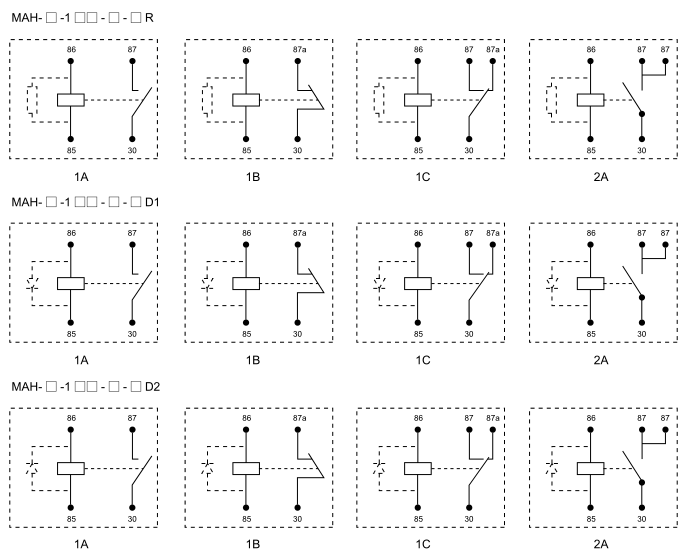understanding relay circuits: the heart of automation systems
Release time:2025-06-13 14:56:19
A relay circuit is an essential component in the world of electronics and automation systems. It is a type of electrical switch that allows a low-power control signal to control a higher-power circuit. This ability to isolate control circuits from power circuits makes relays incredibly useful in various applications, from industrial automation to home appliances and even automotive systems. In this article, we will explore how relay circuits work, their components, types, and their various uses in modern technology.

What is a Relay Circuit?
At its core, a relay is an electrically operated switch that uses an electromagnet to mechanically operate a set of contacts. The relay’s basic function is to use a small input current (the control signal) to switch a much larger current (the load) in a different circuit. This makes relays ideal for controlling devices that require more power than the control circuit can provide.
The fundamental components of a relay circuit include:
Electromagnet: A coil of wire that, when energized by the input current, generates a magnetic field.
Armature: A movable part that is attracted by the magnetic field created by the electromagnet.

